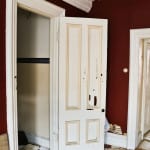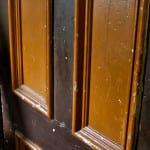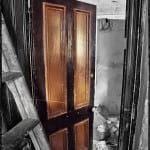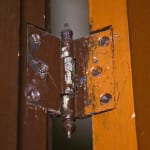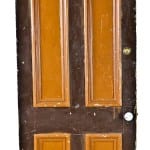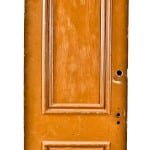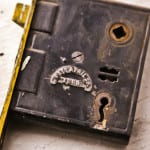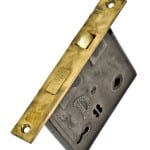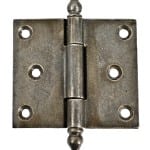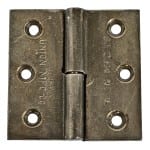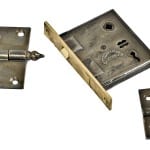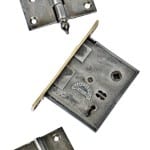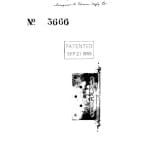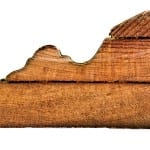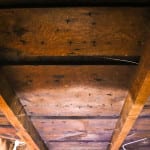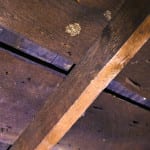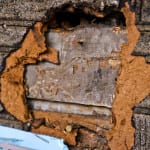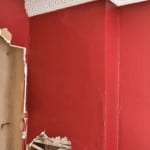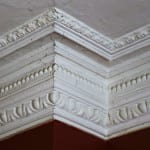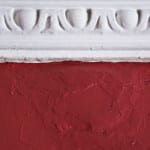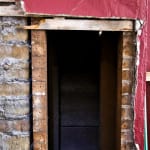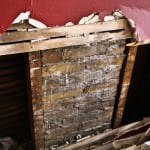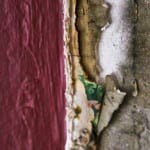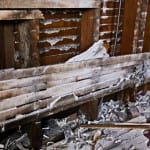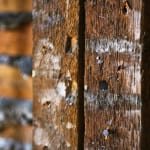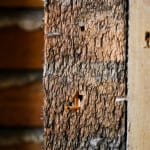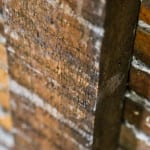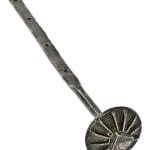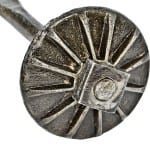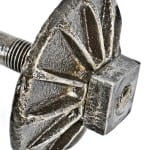data collection from a pre-fire chicago italianate residence demolition enriches the salvage narrative
This entry was posted on November 6 2017 by Eric
i had a single day to salvage what i could from a pre-fire chicago italianate style residence retaining many of the interior elements dating from the time of construction. when i arrived onsite, the excavator had already flattened the garage. soon thereafter, the unmistakable sound of the machine's treads or tracks, burned into my brain from years of salvaging, crawled over the mountain of splintered wood and fragmented concrete to begin pulling apart the shoddy back porch, an addition from long after the house was constructed.
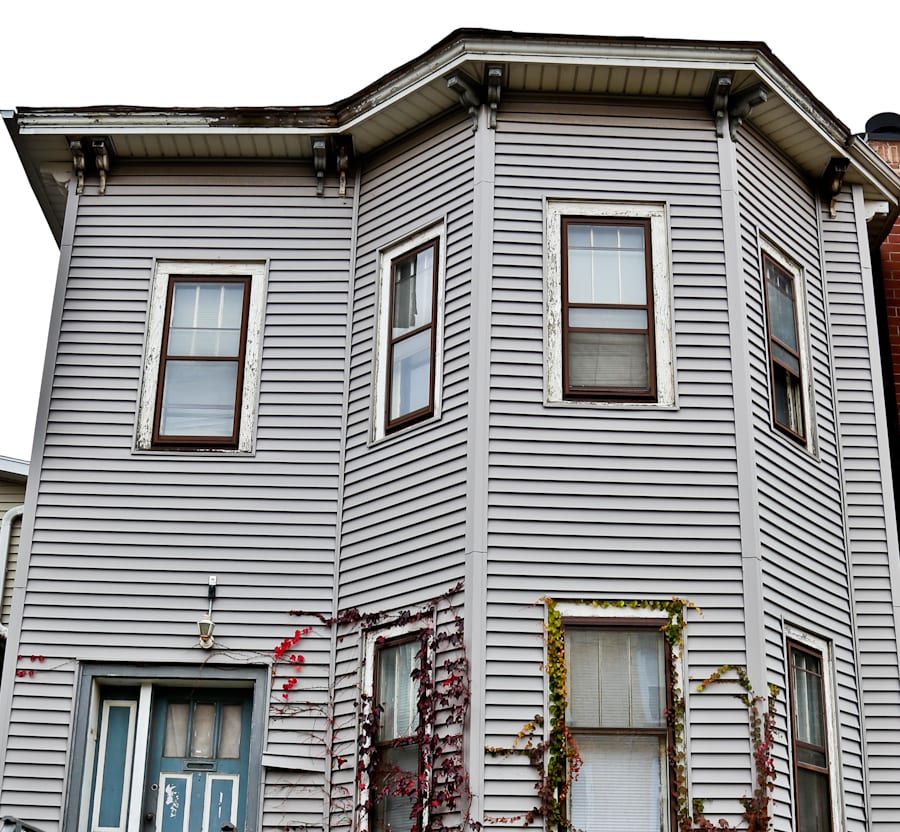
two-story chicago italianate residence (heavily altered) taken shortly before it was demolished.
while the demolition of the structure was about to commence, my crew and i quickly removed what we could from the front of the house, where the building's historical integrity remained most intact.
several incredible pine doors with a faux walnut wood grain finish were removed, along with several sections of built-up or four-piece molding encasing the windows and passageways. remarkably, the nashua mortise locks, porcelain doorknobs, and escutcheons were original to the house.
the front parlors on both the first and second floors contained elaborate plaster crown molding, but we simply did not have the time to remove any of it. otherwise, there was not much to salvage - at least in the window of time we were given. by the time we had removed the very last door, the excavator was attacking the back wall of the house itself, so it was time to exit -- and quickly at that.

shortly before demolition, i had some time to explore the house from the basement to the attic. with camera in hand, i documented the interiors, the original architectural elements, and of course the building materials found behind the walls. i was especially impressed by the enormous wood rafter sheathing, along with the early use of wood shingles--found perfectly intact and protected under layers of asphalt, fibre cement and so on added over the past 100+ years.
the studs were distinctly rough-sawn with a combination of circular and up-down markings evident. consistency in dimensional boards varied as expected, but the overall configuration, or stud placement, was what i expected to see. despite taking several samples of studs, lath, sheathing, nails and other "specimens" for data collection purposes, i was not present to see the sill plate configuration. from what i was told, there were no pegs or "treenails" and the joints were mortise and tenon throughout. i usually request and receive the corners so i can thoroughly examine the joinery, but apparently all of them were badly deteriorated, so i had to just accept that missing piece of the puzzle.
as a consolation prize, however, i did manage to secure a pre-fire residential wrought and cast iron tie rod, a piece that very well could have passed as part of a commercial building. typical masonry buildings constructed during the 1880's through the early 20th century contained small cylindrical rods wrapped in a thin band of iron. the one recovered from this home (there were several) consisted of an impressive ornamental rosette and a meaty segment of iron with multiple holes for oversized bolts. i'm currently trying to identify the fabricator and/or foundry of this tie rod, but i'm sure another salvage will unexpectedly drop into my lap and the research will be placed on the back burner.
- tie road in situ
- tie rod cleaned and documented
- detail of tie rod plate
- the tie rod contains a solid wrought steel rod with threaded end
it was refreshing to carefully examine a pre-fire residence, since the latest string of salvages have been factories or houses constructed long after the flames of the "great conflagration" were extinguished. even having secured some remarkable doors with built-up molding and original hardware, i feel the more important part of the salvage was collection of data. the information gathered from this home not only fanned the flames of my ongoing research, but provided more material for the "deconstructing chicago" book i hope to see published late next year.
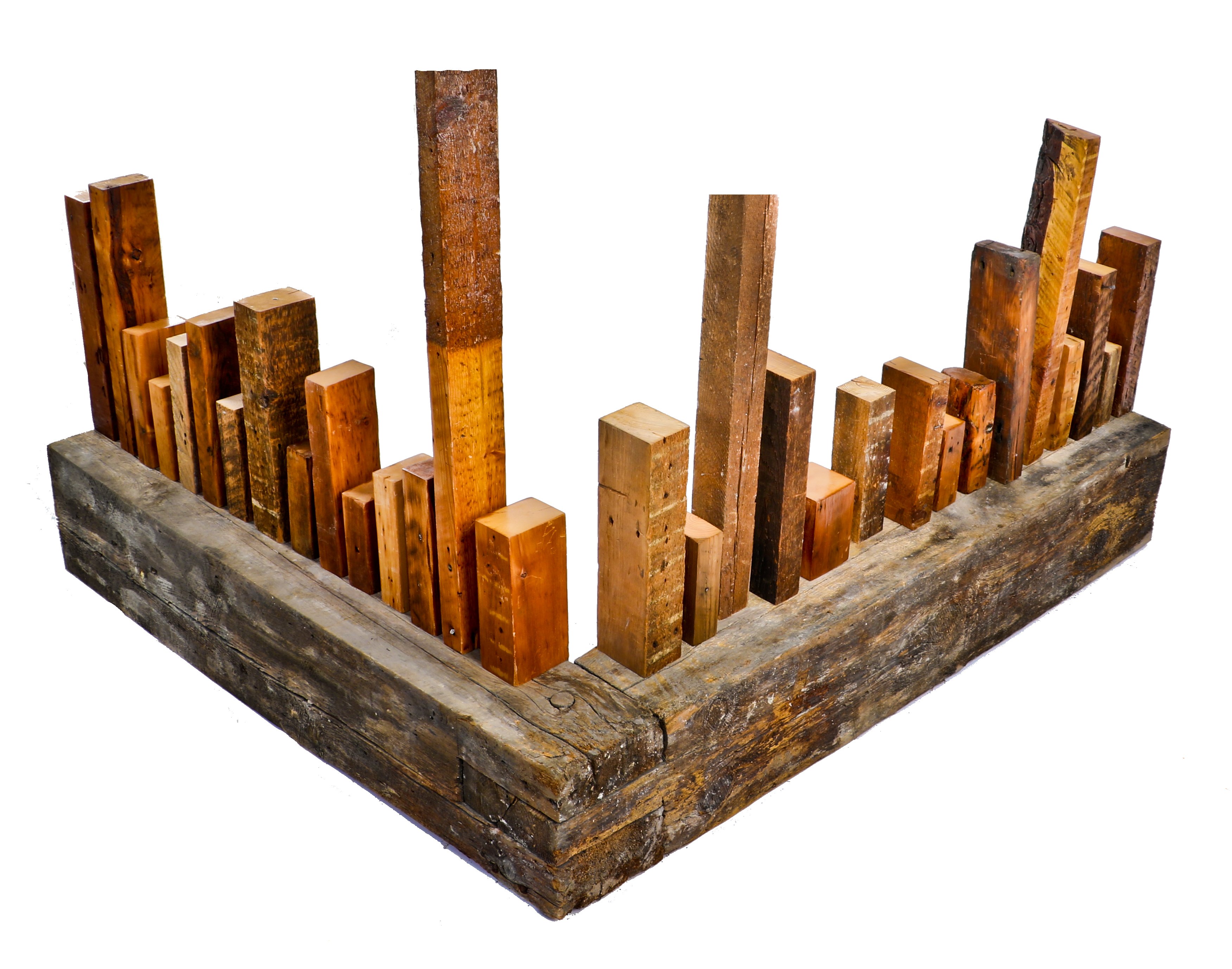
a collection of studs extracted from pre-fire chicago cottages demolished over the past two years.
This entry was posted in , Miscellaneous, Salvages, Bldg. 51, New Products, Events & Announcements, New Acquisitions, Featured Posts & Bldg. 51 Feed on November 6 2017 by Eric
WORDLWIDE SHIPPING
If required, please contact an Urban Remains sales associate.
NEW PRODUCTS DAILY
Check back daily as we are constantly adding new products.
PREMIUM SUPPORT
We're here to help answer any question. Contact us anytime!
SALES & PROMOTIONS
Join our newsletter to get the latest information

